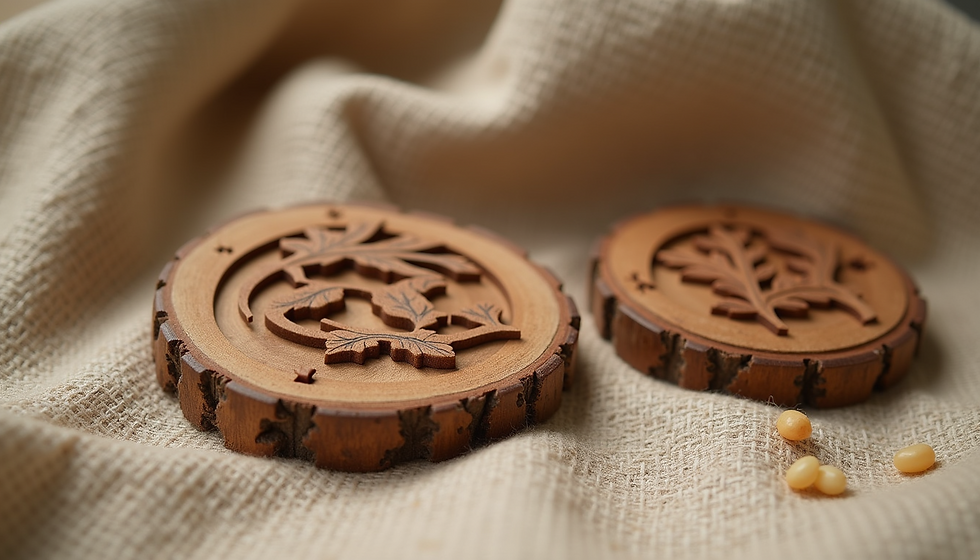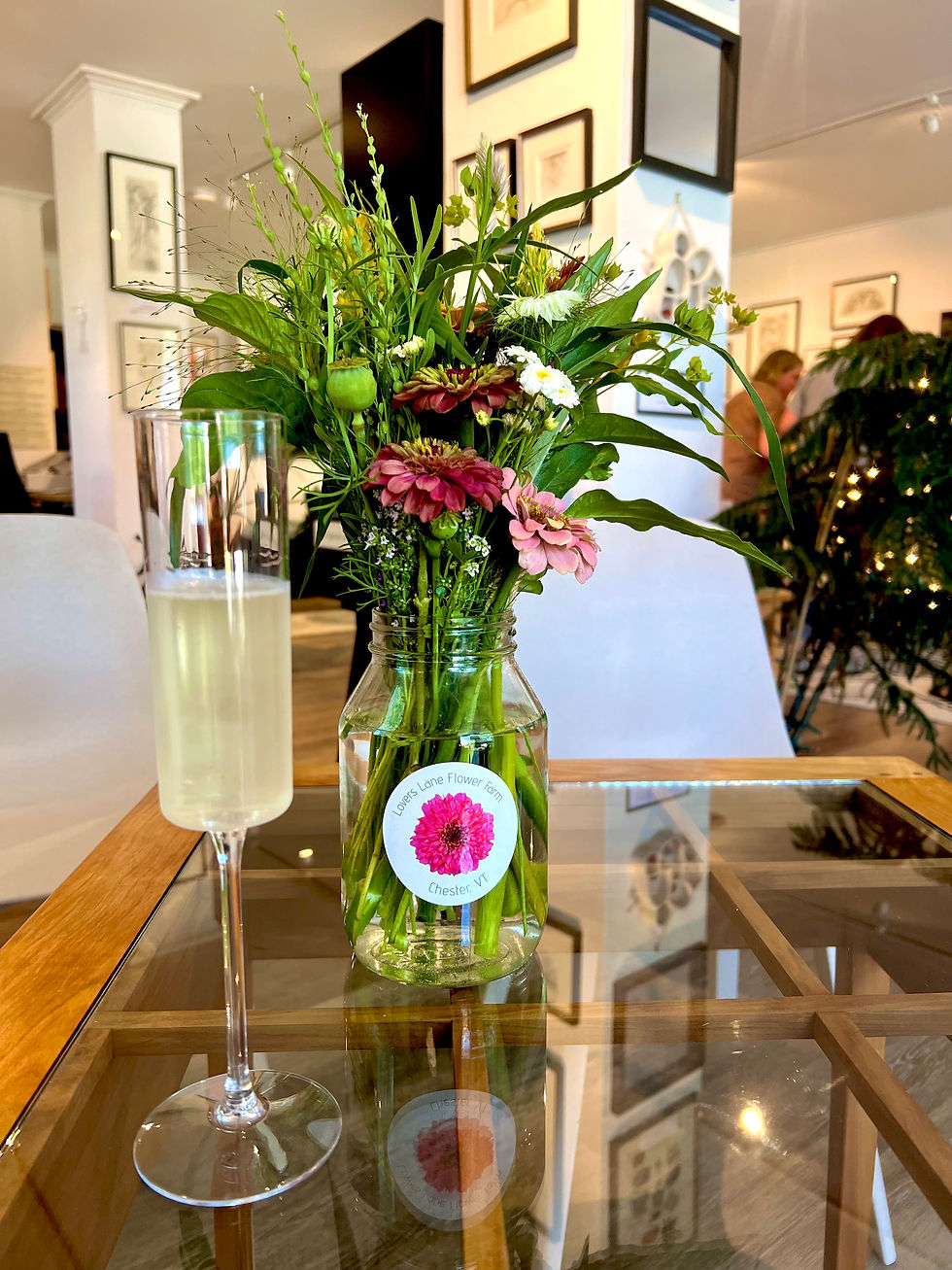Keeping the Winter Birds Happy
- fischerartprints
- Feb 3, 2021
- 3 min read
Our little home in the New Hampshire woods is surrounded by close to sixty acres of forest. We share this space with a surprising number of animal neighbors; turtles nesting in the driveway, moose chomping on vegetation by the swamp, bobcats wandering around the stone walls, and even bears meandering by the deck. Every season there is a new surprise.
Winter, though, it is all about the birds.
Winter in New Hampshire is bird feeder time. Because of the aforementioned meandering bear, bird feeders are considered faux pas any other time of year (think of them as attractively accessible black bear snack boxes). But in winter, when the bear is gently slumbering somewhere in those sixty acres, the space around our house becomes a popular spot for all types of avian visitors.
Recently I came across a post from a good friend, Kieran Corry, about the birds in his yard.
You see, I really thought my yard was a proper bird paradise, one that would someday look something like this:
I soon learned I may have jumped the gun on that one...
My yard needed some work to be truly hospitable.
Here are some of his suggestions, they are wonderful - and applicable to any yard. You can find more @corryoharevets
A tidy garden tends to be a sterile garden. Large expanses of mown grass are pretty much biological deserts. When designing a garden, plant with wildlife in mind.
Choose native plants, as this increases the amount of natural food available which in turn improves diversity within the garden.
Leave an area to grow ‘wild’ . This allows native plants to thrive. It needn’t be a large area. Insects such as butterflies thrive in these areas leaving caterpillars as a natural food source. These plants also offer a different ‘level’ for your birds to occupy.
Birds like to feel secure and so having a feeder fully in the open is going to have less visitors. Placing the feeder a few meters from a hedge or tree will allow birds to flit back and forth.
With the right feeder position you’ll find there’ll be less effect from ‘bully’ birds like crows as the smaller birds will have somewhere to take cover. They’ll dodge in and out to feed instead of taking off, never to return.
When it comes to the feeding of small birds, the positioning is important but also the variety of food is vital. The standard seed mix is a good basic to start with but you need to be sure of the quality. Many mixes have cheap bulking grains such as wheat or cracked corn. Most small birds will shun these leaving a large amount of wastage.
Niger seed comes from an African yellow daisy of Ethiopian origin. Seed eating birds with finer beaks have evolved to take advantage of thin seeds like thistle so Niger seed is a perfect alternative. Finches especially goldfinches, Siskins and redpolls go mad for this stuff. These feeders have finer holes to prevent spillage.
Sunflower seed is available as sunflower heart (shell removed) or shelled versions. Use a mix of both as some birds like to collect the shelled seed and take it away to feed or store for later rather than sit exposed on the table to eat.
Insect eaters will take some seed - and suet - but will very much appreciate dried meal worms. These are a great supplemental feeding even into the spring as many species will use them to help rear young.
Leave seed in hanging feeders, high on a bird table and scattered on the ground. This increases the area and allows more birds to feed together. Small birds feel more secure in flocks - more eyes to alert for predators. If they feel secure they will stay to feed for longer.
No animal can live without water so leaving a clean source will increase both natural prey and mean your garden birds don’t have to travel away for a drink.
Keep the area clean as possible to prevent disease buildup. Infections such as trichomoniasis can be catastrophic for bird populations.
Thank you to Kieran Corry for his advice!
I have already incorporated his suggestions, to much success. We adore our daily visitors, and hope to keep them happy during this coldest of seasons.
For bird lovers, Fischer Arts has beautiful original antique engravings of a variety of bird species.
A portion of all sales are donated to organizations working to
preserve fragile ecosystems and protect wildlife
Happy Birding!







Comments